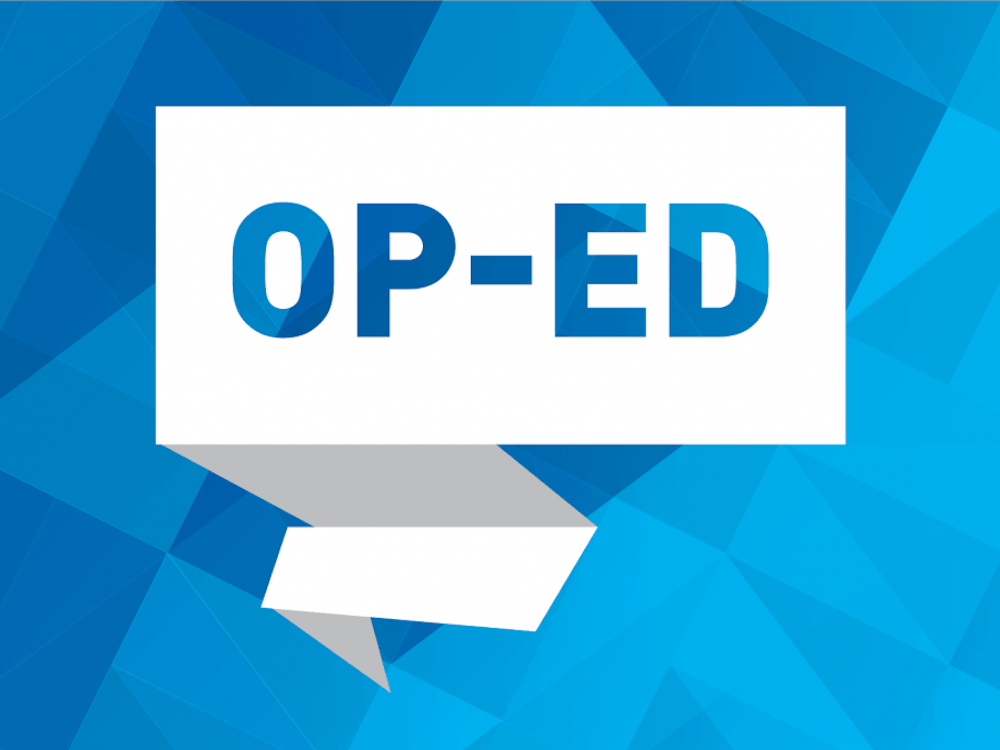Editor’s Note: The views and opinions expressed in this article do not reflect those of The Collegian. This piece uses expletive language.
The problem with utopian thinking, in this writer’s estimation, is that it skips a step: it does not seek to weaken conflict’s consuming tendrils. Utopian thinking — the naive belief that the arc of history bends smoothly toward the good, if only we just loved each other more — simply pretends that conflict doesn’t exist and proceeds on and on in that direction. At the least, such thinking always fails to appreciate the power, intensity and antecedents of social conflict. Theory of Enchantment CEO Chloé Valdary’s worldview is no different in this respect.
Theory of Enchantment is a diversity training program. “Looking for an antiracism program that actually fights bigotry instead of spreading it?” Valdary asks visitors to her website. “You’ve come to the right place.”
A glowing profile in The Atlantic lays out the core tenets of Valdary’s Theory of Enchantment program, where “people in the process of enchantment can be taught ... to love themselves.” The program treats participants as “human beings, not political abstractions,” whatever that means; employs criticism as a means to “uplift and empower, never to tear down, never to destroy,” whatever that means; and tries to “root everything [it does] in love and compassion.”
Unfortunately, what any of this is supposed to signify beyond cloying sentimentality is a question that goes unanswered by both Valdary and the Atlantic profile’s author, Conor Friedersdorf. Indeed, the use of the term “enchantment” is an extension of the thesis in an eponymous 2011 book by Silicon Valley marketing guru Guy Kawasaki. Kawasaki explains enchantment as “a voluntary, enduring, and delightful change in other people. By enlisting their own goals and desires, by being likable and trustworthy, and by framing a cause that others can embrace, you can change hearts, minds, and actions.”
If this all starts to seem like pie-in-the-sky vacuity crouching behind gossamers of pop intellection, I would find it hard to disagree. This is the fortune-cookie trick: statements so pleasingly general, they are completely devoid of meaning.
The Atlantic piece, and much of Valdary’s corpus, is filled with aphorisms but low on substance. Valdary’s approach seems to be fashioned as a response to the putative illiberalism of both the “woke left” and the Trumpist right, which exploit the feelings of alienation from the broader society that various segments of the American population experience, thus enlarging social chasms in aid of nakedly political ends. Valdary contrasts her approach to the more divisive projects of Robin DiAngelo, of “White Fragility” fame, and Ibram Kendi, of “How to Be an Antiracist” fame. In the same vein as marketing campaigns like Nike’s “Just Do It,” Valdary envisions a training program “where we as the audience see ourselves and our potential reflected back to us.”
While this is all well and good as a general thing, Valdary’s enchantment project fractures when inevitably exposed to the cold light of reality. We are led to believe that the senses of alienation on the left and the right are composed of similarly sound moral justifications. This is simply not true.
The alienation of the Capitol rioters, the Proud Boys, the neo-Nazis — the white man’s alienation — is not rooted in anything even approximating the love or compassion of which Valdary speaks, nor provoked by anything writers such as Kendi and DiAngelo have published. Instead, they are spurred on by a deep-seated desire to recapitulate the old social order where the women were in the kitchen, the negroes knew their places and the immigrants were far from America.
Valdary rejects so-called racial essentialism and waves away any exploration of the disproportionate role some white people have played historically and contemporarily as obstacles to racial solidarity and social cohesion because such an examination would be divisive. In a piece for the Boston Globe, Valdary argues that “the worst thing a business or school can do is alienate its employees or students by treating people as political abstractions and making them feel insecure.” This may be true, but reckonings are rarely comfortable. Valdary’s logic places greater emphasis on racial reconciliation as merely the absence of tension, rather than the presence of truth and justice. Divisiveness, not obfuscation, is the perversion devoutly to be opposed.
In the name of avoiding social divisions, Valdary must universalize the burden of racism, and therefore obscure bare racial animus behind mirages of Kumbaya togetherness. If Valdary’s ideas gain any more currency than they already have, we’ll have turned pretense into an art form to our collective loss and destruction. Before we know it, we’ll be back to kneeling before the altar of white prejudices, exhorting Black people to change their ways while never requiring such intensive introspection from their white counterparts, at least some of whom are in greater need of moral reevaluation.
Valdary asserts that colorblindness — the ethical position that people and institutions should not account for race — is antithetical to her worldview. But she refuses to contend with the nature of racial conflicts, past and present, and the necessity of speaking on different planes to different racial groups in accord with the separate histories that forged their identities. The result of such willful blindness is the reification of the status quo, which preserves patterns of racist abuse.
Enjoy what you're reading?
Signup for our newsletter
To maintain color consciousness is to stare in the face of wanton tragedy and barbarism and still call its name. It is an act of daring bravery and historic defiance. It is not the name of race, but the substance of it, that holds its power. Refusing to attach race to contexts in which it clearly matters does not defang the construct.
To maintain color consciousness is also to reject pretense and face history: to face the Black people whose bodies were strung up and lit afire under sunset’s glow in the white South’s most gruesome ritual, strange fruit hanging from Southern trees; whose limbs and livers and penises were seized by white spectators as souvenirs of their barbarism; whose unborn children were cut from the womb and stomped to death; whose labor value was confiscated; whose property was looted, burned and destroyed in a seemingly endless catalog of race massacres. This savagery did not emerge from the absence of race but a brutal investment in it.
Owning this awareness of race and color does not merely bear true faith and allegiance to the bitter chalice of suffering that Black American forebearers neither requested nor deserved. It forces the passions of memory to reckon with racism’s most violent energies. Utopian thinking on race fails to do this, instead indulging a childish naivete. Thus, it will always negate itself in the end, because it can never properly contend with this race phenomenon, whose intensity it either fails to acknowledge or outright denies.
The arc of history is long and bends in whatever direction we bend it. Regression is always as available an option as progression. Any coherent political project on race and culture should be invested in denying valence to racism’s violent and demagogic provocations while preserving a keen consciousness of color. Because in an open, tolerant and multicultural America where all citizens are secure from racial domination, we can keep the racial nucleus around which Black culture and traditions were raised without sacrificing peace and social cohesion in the process.
The community that Black Americans have forged in the past 400 years is a beautiful one. It ought never to suffer the absurdities inherent to the utopian thinking of Chloé Valdary and her ideological peers.
Contact contributor Gabe Josephs at gabe.josephs@richmond.edu.
Support independent student media
You can make a tax-deductible donation by clicking the button below, which takes you to our secure PayPal account. The page is set up to receive contributions in whatever amount you designate. We look forward to using the money we raise to further our mission of providing honest and accurate information to students, faculty, staff, alumni and others in the general public.
Donate Now


